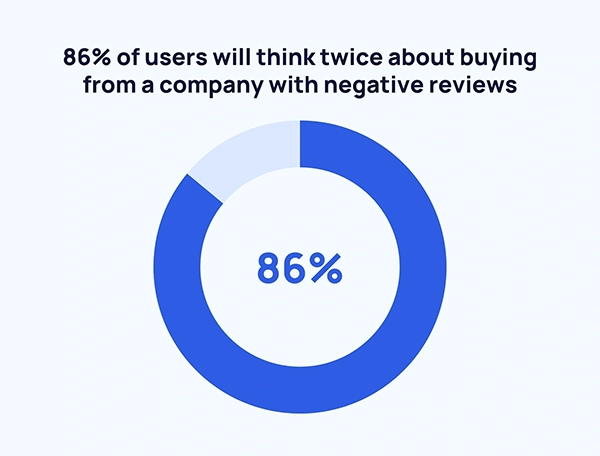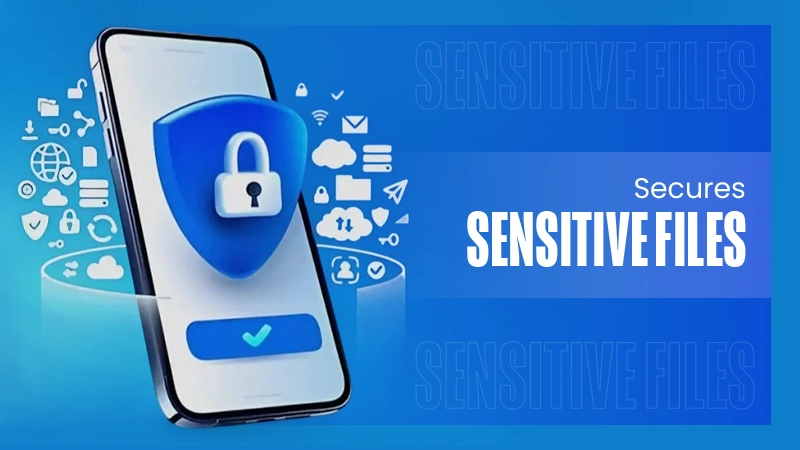Negative reviews are proven to be every business owner’s nightmare. Just imagine: after all your hard work constructing an excellent image, one bad review will destroy your reputation. It feels no less than a permanent digital stain, does it?
These negative reviews are clearly adverse to any business’s online presence and make potential clients want to avoid interacting with your business. Enterprises’ credibility, goodwill, and all other soft power are prone to the danger of negative reviews.
Some businesses even opt to buy Google 5 star reviews to immediately enhance their reputation. In this blog, we will explore the best ways to remove and manage negative feedback and enhance your online presence.
Why Removing Negative Reviews is Crucial for Your Online Presence
Negative reviews aren’t just minor issues; they can hinder your business’s long-term growth. Here’s why taking them seriously and addressing them can make or break your online presence:
First Impressions Do Count
When a potential customer lands on your business page, there’s a high chance that their first step might be to read your reviews. A couple of awful feedbacks placed high up in your profile can really make all the difference.
So, even though you may have thousands of wonderful testimonials, the negative ones are far more likely to grab their attention.
In fact, one bad review can change the minds of as many as 22% of customers to leave and shop elsewhere, according to research.
Removal or taking action against them can really enhance that all-significant first impression.
Developing Trust and Credibility
Testimonials reflect a business, and trust is the new internet currency. With too many negative comments, especially unresolved ones, potential customers may question the quality of your service.
Whereas some bad statements are not even legit, removing them helps regain control over the narrative and projects an image of reliability and professionalism.
Improvement in SEO and Online Rankings
A positive Google rating not only drives in more customers, but better search engine ranking as well. The algorithm of Google tends to favor organizations or stores with higher average ratings, thereby increasing ranks in search results.
Thus, fewer negative reviews will improve your star rating and increase visibility on the search engine.
How to Identify Harmful Negative Reviews?
Some critical responses can actually be helpful for your business, pointing out areas for improvement. However, harmful reviews, such as fake or policy-violating ones, can unfairly drag your reputation down. Here’s how to identify the ones that need removal:
Reviews That Violate Platform’s Policies
Some comments are about a violation of the platform’s policies, such as Google’s review guidelines. You must take steps to remove offensive language or hate speech when it is used within the review or when someone who has never interacted with your business posts a review.
Such are not just damaging your reputation, they’re also unfair and harmful for platforms like Google. And Google will have no hesitation in removing them if they go against their terms.
Fake or Fraudulent Reviews
Competitors or angry customers sometimes generate fake remarks to hurt your brand. If you see remarks that seem suspicious (featuring anonymous users or profiles where there are only negative reviews), they may be fake. Anticipate and move ahead of the curve—fake comments can and should be reported to Google for removal.
Misleading Reviews
Sometimes, reviewers leave misunderstandings and wrong assumptions as feedback. Such reviews will confuse the possible customers. Hence, they have to be responded to on time. If the review contains provable misinformation, request the platform to remove the same.
Steps to Remove Negative Reviews from Google

As you can see, 86% of customers think twice before buying from a company with bad testimonials. So, they must not be ignored. However, since you’ve identified a review that’s harmful to your business, now what? Here are the steps you need to follow to remove it from Google:
Step 1: Respond Professionally
First, respond to the negative comments professionally. Often a thoughtful, calm reply will prompt the reviewer to retract or alter their comment. A professional reply also shows other readers that you care about your customers and want to resolve the problem.
Step 2: Flag the Review
Flag the reviews if they violate Google policies and terms. You can flag it straight from your Google My Business account. Google will then consider the content flagged and delete it if it violates its guidelines. Flagging is a step you must take for such comments that are overtly offensive, fake, or off-topic.
Step 3: Direct Reporting to Google
You may escalate to Google My Business support if emailing them does not work. This is the most significant step if you believe the review is fraudulent or malicious. Include all your evidence of fraud or breaches of Google’s terms.
Step 4: Leverage Third-party Reputation Management Tool
You can handle reviews continuously by using third-party review tools like Podium, Birdeye, or ReviewTrackers. These tools let you track, flag, and respond to reviews about your business across different platforms.
They can also create more positive ones to avoid the bad ones and give you control over your reputation.
Best Practices for Managing Negative Feedback
Things are not always in your favor. Whereas it’s ideal to remove negative reviews, sometimes they can’t be deleted. In those cases, managing negative feedback becomes necessary. Here are some best practices to keep in mind:
1. Respond Promptly and Constructively
The sooner the response to a negative comment, the better the chances are for dissipating the situation. Hence, focus on responding to the comments ASAP. Constructive and empathetic responses prove that you are deeply committed to satisfactory customer service not only to the reviewer but to other possible customers as well.
2. Offer Solutions, Not Excuses
When responding, do not make it sound like you are making an excuse. Instead, you must offer a tangible solution. It can be anything such as the reimbursement of money, free service, or personal apology. It shows your willingness to fix that might make the reviewer edit his or her review or erase it.
3. Be Calm and Professional
It sure is easy to get defensive in any criticism, but responding emotionally will surely flare up the situation. Always keep a professional demeanor even though the review is not just fair. After all, your response goes public, and potential customers also see how you handle criticism.
DID YOU KNOW?
A business can lose up to 30 customers due to a single bad review.
Conclusion
Negative reviews look like a loss, but you don’t define your business. Going through the process of taking off bad reviews, encouraging positive ones, and professionally approaching criticism will really change how people view your online presence and reputation.You can also buy Trustpilot reviews to enhance your credibility and increase positive reviews when monitoring the negative reviews. Managing them to succeed in the long run is necessary, if through review management tools or manually.
Also Read: AI is Revolutionising the Online Experience










